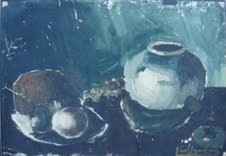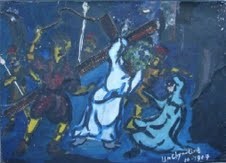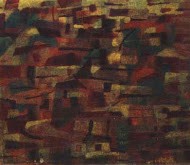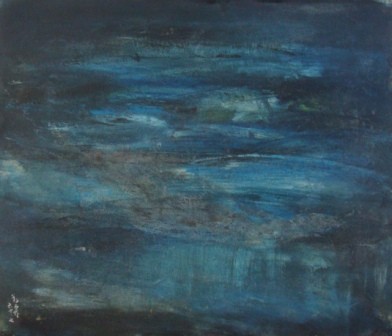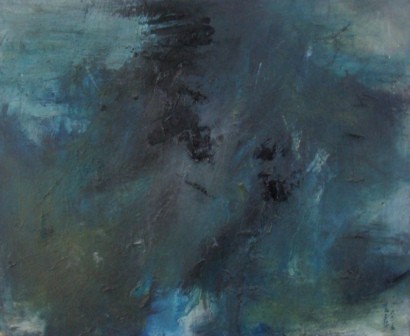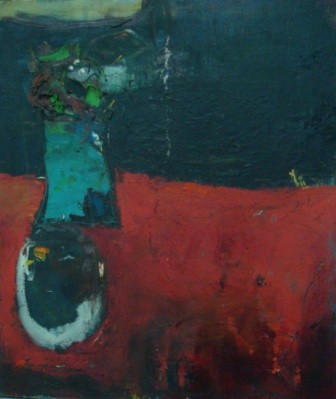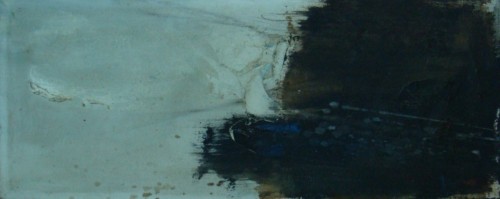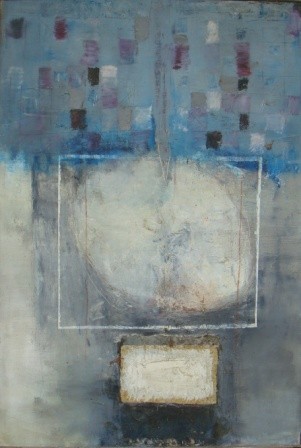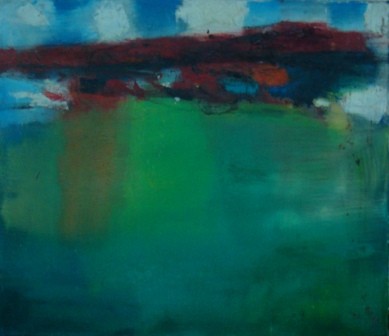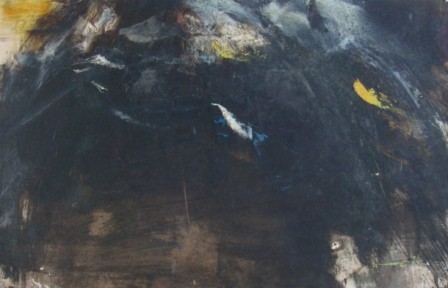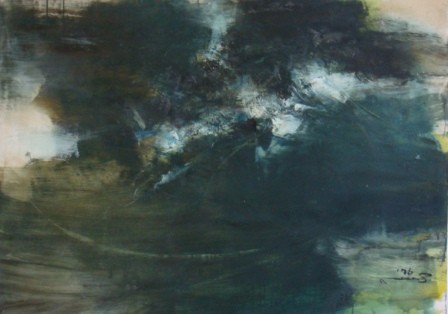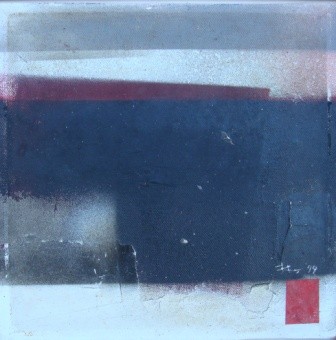Like all beginners, I learned the conventional skills to make the “eye-to-mind-to-hand” process accurately like a mathematic equality. Charcoal, water colors, and paper were the main media at that time.
Influenced by Van Gogh, Henri Matisse and Pablo Picasso, the above equality-like process no longer existed. As a result, “mind” played a more important role in this stage and scenes of nature in my works changed.
After the above mentioned period, I encountered some abstract works and then started to try abstracts with the enlightenment of classical music and Chinese poetry. Those paintings particularly emphasized composition, tone and brushstroke. With the skillful of my hands, the action of mind turned to idleness and a bottleneck was awaited. In order to get away from this plight, I have tried a totally different geometric style in which materials such as: linen, acrylic panel and paper were employed. This intention turned out to be a failure and I finally realized that the geometric style is not my proper choice.
如同一般的初學者,我的學習歷程也不脫「眼-心-手」的練習得以精準的將三維空間轉化為二維。這時期作品都是以炭筆、水彩和紙為媒材。
在此之後受梵谷、馬蒂斯及畢卡索的影嚮,恆等式終於廢棄而心的份量加重,自然的景物也隨之改變。
之後無意間看到了一些抽象的作品,加上對古典音樂和中國詩詞的喜愛就很自然的走進了抽象的領域。此時的作品多講求構成、色調以及筆觸。然而隨著手部的技巧日漸熟練心的運作反趨遲緩。內在的思考與外在的表現潛在著定型化的危機。為了脫困曾試圖反其道的嚐試幾何構圖。但終因不合本性而以失敗告終。
Juvenilia




